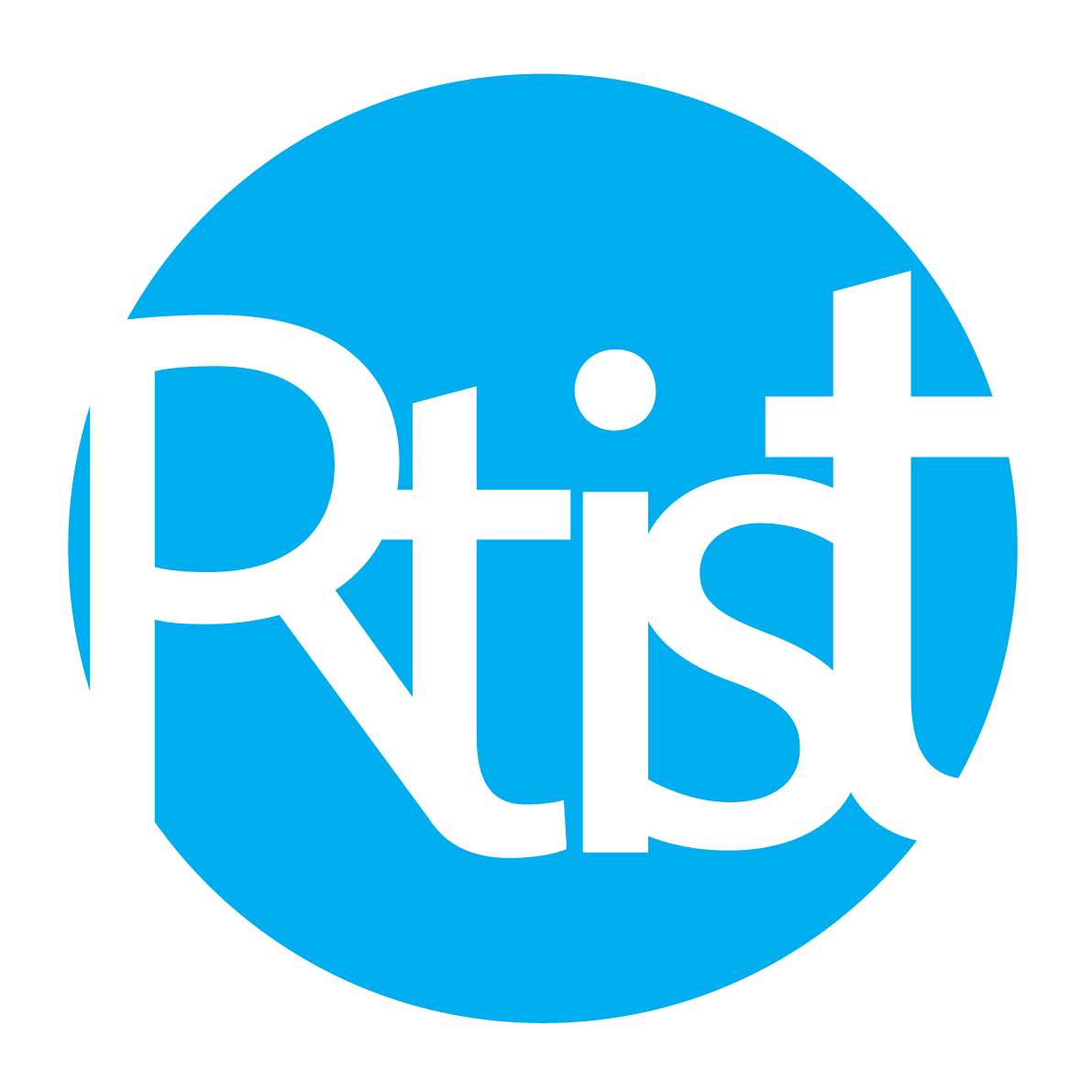
But what is a design brief?
Basically, a design brief is a document that organizes all aspects of a design project. Before a designer can get started on your project, there needs to be a good deal of positive communication between the two parties.
Ideally, the designer and the department in charge should be in frequent communication, but this depends on the stakeholders of the project as well. The design brief is first put together by the client and then finished by the designer. When the client gives the designer the brief, it’s the designer’s responsibility to find out more about every aspect of the brief.
But why is a design brief important?
Designing without a design brief is like trying to draw in the dark. The information in the design brief is not only the foundation for a design project but also the best way to keep all stakeholders in the loop. Both the designers and client need to make sure that the information is complete, with all the necessary details and nothing is forgotten. The most important thing is that it’s well organized and easy to follow.
So how do you start with an effective design brief?

Let’s get down to the main thing. You’ll want to create a design brief that can effectively communicate your end goal.
First, it’s always good to clarify and sort out all the details:
1. Define the type of design project
What exactly do you need to be designed? Visuals for a social media campaign or an ebook to use as a lead generation tool? Maybe you need a website redesign or an ecommerce addition to your existing site. You need to be clear with what you need because not every designer is the same.
If you need a website, an app, a set of email funnel visuals, business cards and more, you need a design team instead of one designer. Design briefs need to be kept to one project at a time. So be specific and stick to what needs to be done at the present time.
2. Find the right designer for the project
Once you know what exactly needs to be designed, it’s time to hire the right designer. Consider your budget and find a designer on LinkedIn, Freelancer or any other site where designers offer their services.
3. Have a conversation – designer and client
There is nothing more important for finalizing a design brief, than communication. The client and the designer must set up a meeting, in person or via video call to discuss every aspect of the project. The questions asked and the notes taken are what complete the design brief provided by the client.

4. The final design brief deliverable
The designer takes all the information home and puts together the final design brief. Once that part is ready, everyone involved in the project needs to see it and sign off on it. This needs to happen before any work is done. The design brief can be accompanied by a mood board created by the designer. Maybe even a low fidelity mockup. That way the client can get an idea of what the designer is considering to do.
Now that you have that in mind, here are some of the things that need to be included in your design brief.
1. Background information about the company
This shouldn’t be an elevator pitch. Go deeper than that. The designer will ask more once they see the brief, so be prepared.
2. User profile or user persona
Who is your ideal client or customer? The designer is not designing for you, they are designing for this user persona. Be super specific when explaining the characteristics. What exactly is the design project about. Explain what you need from the designer. Specify every aspect of it. If it's a website, explain what needs to be included. If it’s a set of templates, define the amount and in what platform you need them delivered.
3. What are the goals for this project?
Include your expected outcome of the project. Include both immediate and long term goals. Explain how you’d like the design to be a part of this process.
4. Competitor analysis
You need to research your competitor and see what they are doing to solve the same problem you need to solve. Include links, screenshots, and thoughts for the designer to understand your vision better.
5. Examples of previous campaigns
Show the designer examples of previous design projects and campaigns you’ve done. Add notes on if they were successful or not. Specify what you’d like to repeat or improve.
6. Branding guidelines
You must include all the branding assets for your company. Those include the following:
- Colors
- Fonts
- Textures
- Visuals
7. Visual inspiration
Include links, screenshots, and visuals of design campaigns that you aspire to. Likewise, include the same for designs you dislike. Explain which is which and be specific.
8. Visual stock sources
Either offer your designer the login to your stock image subscription (if you have it) or make sure they have one. You want to be sure all imagery used in your design is licensed and legal to use.
9. A timeline with a deadline
Define the deadline for the project. Adjust the timeline with the designer when you meet.
10. The budget
Add information about how much you expect to spend on this project. Be prepared for that to change, probably increase once you talk to the designer.
11. Contact information
Add contact emails or phone numbers for everyone involved in the project. Specify which is to be contacted first for questions.
12. Expected deliverables
Explain what types of deliverables you need. This includes image file types and raw file expectations.

However, as a client, when you prepare all this information for your designer, they should still ask questions. A good designer knows that a large part of any project is the backstory. You should also be prepared to answer in-depth questions about all the information you provide. This question and answer process will show you if a designer is invested in your project and if they have understood what your company values are.
Now that you have the general gist of how to prepare a great design brief, why not try out some of our local creative talents for your design tasks? With over 4,000 local Malaysian designers to choose from, you won’t be short of any designers anytime soon!
